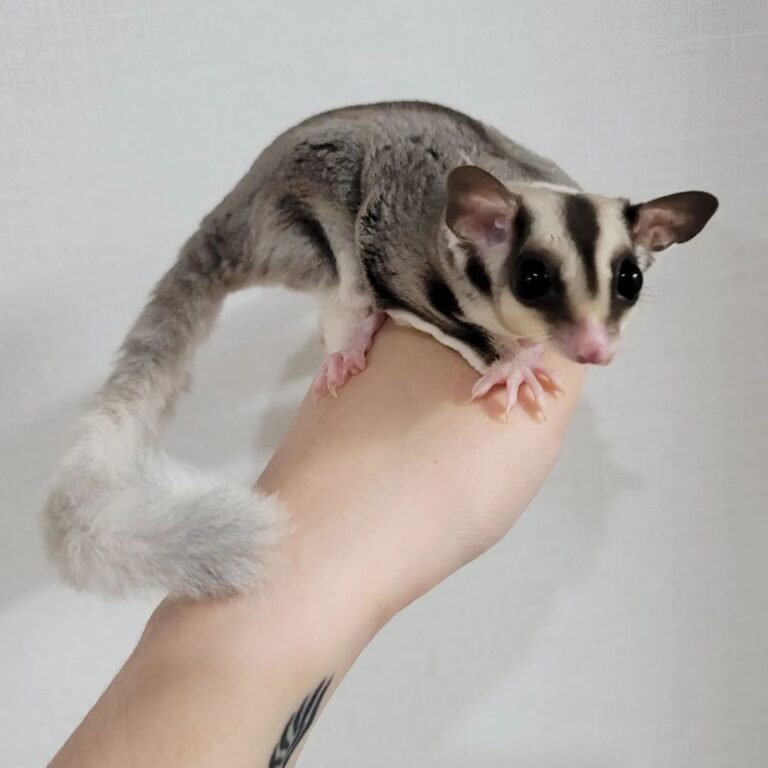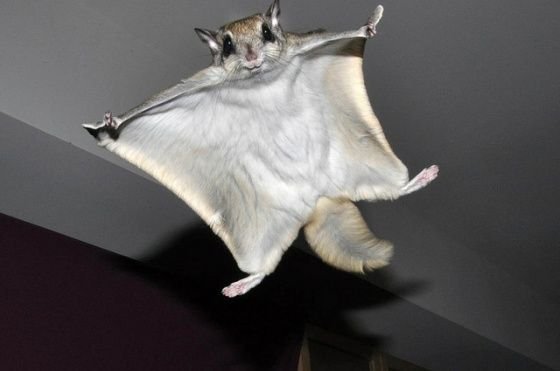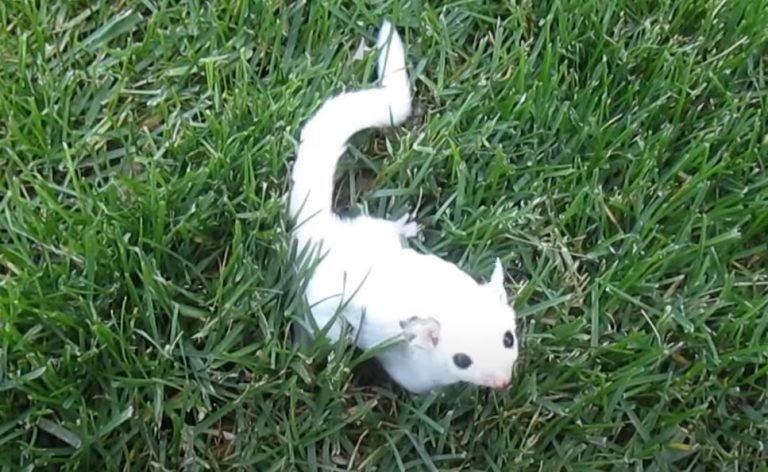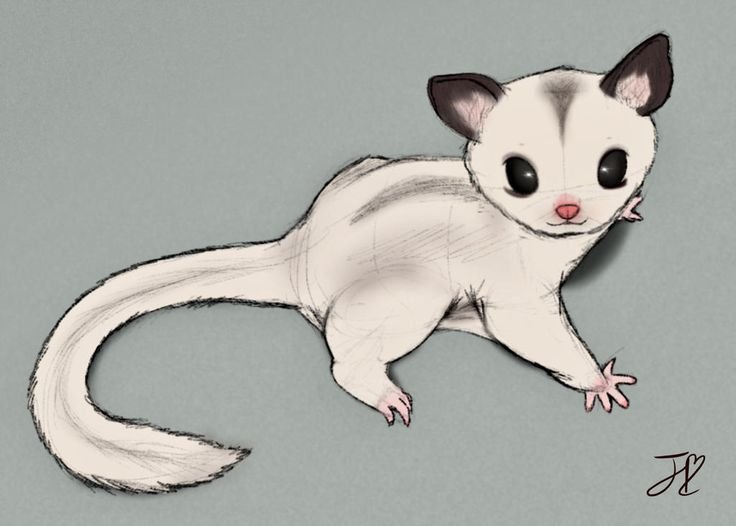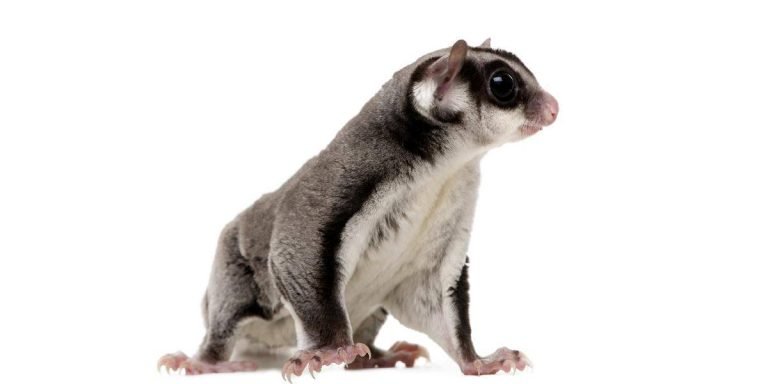Sugar Glider Pellets VS Fresh Diet Feeding Guide
Did you know that sugar gliders, those adorable little creatures from Australia and Indonesia, have specific dietary needs? Proper nutrition is vital for their overall health and well-being. To ensure they thrive in captivity, it’s important to understand what these small, omnivorous marsupials require in their diet.
Providing sugar gliders with a balanced diet is essential. Whether you’re considering sugar glider pellets or a fresh food approach, understanding the nuances of their nutritional requirements is crucial. So, let’s dive into this feeding guide and take some notes on how to best meet the dietary needs of these fascinating creatures.
Sugar glider nutrition may seem perplexing at first, but fear not! In this guide, we’ll explore the benefits and considerations of sugar glider pellets vs fresh diet feeding guide. Buckle up as we embark on an authoritative exploration into the world of sugar glider diets!
So, are you ready to learn what it takes to keep your sugar gliders healthy and happy? Let’s get started!
Nutritional Needs of Sugar Gliders:
Sugar gliders have specific dietary requirements that are crucial for their growth, development, and overall health. To meet these needs, it is important to understand what they require in their diet.
- Protein: Sugar gliders need a diet rich in protein to support their active lifestyle and muscle development. Including sources like mealworms, crickets, or cooked chicken can provide the necessary protein intake.
- Fruits and Vegetables: Incorporating a variety of fruits and vegetables into their diet is essential. This ensures they receive the necessary vitamins, minerals, and antioxidants. Examples include apples, bananas, grapes, carrots, peas, and leafy greens.
- Calcium: Calcium is vital for sugar gliders’ bone health. Providing calcium-rich foods such as kale or broccoli can help prevent deficiencies and promote strong bones.
Meeting these nutritional needs is not only about providing the right foods but also ensuring the quality of their diet. Consider opting for premium sugar glider diets specifically formulated to meet their nutritional requirements.
By feeding your sugar glider a balanced diet that includes a variety of protein sources along with fruits and vegetables rich in vitamins and minerals, you can ensure they receive optimal nutrition. This will contribute to their overall well-being and longevity.
Remember to consult with a veterinarian who specializes in exotic pets for specific dietary recommendations tailored to your sugar glider’s individual needs. Proper nutrition plays a vital role in keeping your furry friend healthy and happy!

Benefits and Drawbacks of Sugar Glider Pellets vs Fresh Diets:
Convenience of Pellet Diets
- Pellets offer a convenient option for sugar glider owners, as they provide a complete nutritional profile in one package.
- These pre-packaged diets ensure that your pet receives all the essential nutrients they need without the hassle of preparing a fresh meal every day.
Variety and Natural Feeding Habits with Fresh Diets
- On the other hand, fresh diets allow for more variety in your sugar glider’s meals.
- By incorporating fruits, vegetables, insects, and nectar into their diet, you can mimic their natural feeding habits and promote overall health.
- This variety can also help prevent boredom and encourage foraging behavior.
Weighing the Pros and Cons
When choosing between sugar glider pellets or fresh diets, it’s important to consider the benefits and drawbacks of each option. Here are some key points to keep in mind:
Benefits of Pellet Diets:
- Convenience: Pellets provide a complete nutritional profile in one package, saving time on meal preparation.
- Nutritional Balance: These diets are formulated to meet the specific dietary needs of sugar gliders.
Benefits of Fresh Diets:
- Variety: Fresh diets allow for a diverse range of foods that mimic natural feeding habits.
- Enrichment: Offering different foods promotes mental stimulation and satisfies natural foraging instincts.
Drawbacks to Consider:
- Lack of Variety (Pellet Diets): Some pellet diets may lack diversity compared to fresh options.
- Preparation Time (Fresh Diets): Preparing fresh meals requires more time and effort on a daily basis.
Feeding Guide for Sugar Gliders:

To ensure a healthy diet for your pet sugar glider, it is important to offer a combination of fresh fruits, vegetables, insects, nectar, and commercial pellets. By providing a diverse range of food items, you can ensure that your sugar glider receives a balanced diet.
Here are some key points to keep in mind when feeding your sugar glider:
- Offer variety: Sugar gliders thrive on a varied diet. Include a mix of fruits like apples, grapes, and bananas, along with vegetables such as carrots and leafy greens. Insects like mealworms and crickets provide essential protein. Nectar or specially formulated sugar glider supplements can be included.
- Portion control: It’s crucial to follow portion control guidelines to prevent overfeeding or underfeeding. Monitor the amount of food your sugar glider consumes daily and adjust accordingly. Providing too much food can lead to obesity while insufficient amounts may result in malnutrition.
- Commercial pellets: While fresh foods should form the basis of their diet, commercial sugar glider pellets can also be offered as part of their meals. These pellets are specifically designed to meet the nutritional needs of sugar gliders and can provide additional nutrients they may require.
By following these feeding guidelines for sugar gliders, you can ensure that your pet receives a well-rounded diet that promotes good health and overall well-being.
Remember to consult with experienced sugar glider owners or veterinarians for specific dietary recommendations tailored to your individual pet’s needs.
Balancing Treats and Providing Variety in Your Glider’s Diet:
Feeding your sugar glider a balanced diet is essential for their overall health and happiness. While treats can be a fun addition to their meals, it’s important to ensure they make up only a small portion of their diet. Here are some key points to keep in mind when it comes to balancing treats and providing variety in your glider’s diet:
- Rotate treats regularly: To keep your glider interested and satisfied, it’s important to offer them a variety of treats. By rotating different options, you can provide them with both nutritional balance and an exciting dining experience. Consider incorporating healthy treats such as fruits, vegetables, or specially formulated glider foods.
- Avoid unhealthy human foods: It may be tempting to share your snacks with your furry friend, but many human foods can be harmful to sugar gliders. Avoid offering items like chocolate, caffeine, onions, garlic, or anything high in salt or sugar. Stick to glider-friendly options that are safe and nutritious.
- Prioritize glider essential diets: Gliders have specific dietary needs that should be met for optimal health. Ensure you are feeding them a well-balanced diet that includes the right mix of protein, fruits, vegetables, and carbohydrates. Consult with a veterinarian or an exotic nutrition specialist for guidance on the best diet plans for your pet glider.
- Provide healthy treats: When choosing treats for your sugar glider, opt for options that are specifically designed for their dietary needs. Look for reputable brands that offer healthy treat options made from natural ingredients. These treats can provide additional nutrients while still being enjoyable for your glider.
By following these guidelines and incorporating variety into your sugar glider’s diet while keeping treats limited yet nutritious, you can ensure they stay happy and healthy.
Ensuring a Complete and Balanced Diet for Your Sugar Glider:

Regularly monitoring your sugar glider’s weight is crucial to ensure they are receiving a balanced diet. By doing so, you can keep track of their nutrition intake and make any necessary adjustments.
It’s always best to consult with an exotic animal veterinarian or nutritionist who specializes in sugar gliders. They can provide expert advice tailored to your pet’s specific needs.
Supplementing your sugar glider’s diet with vitamins or minerals may be necessary if deficiencies are detected. These supplements help ensure that your glider is getting all the essential nutrients they need for optimal health.
To maintain a healthy diet for your sugar glider, consider incorporating both sugar glider pellets and fresh foods into their feeding routine. Sugar glider pellets provide a balanced and convenient option as they are formulated to meet the nutritional needs of these small marsupials.
However, fresh foods should also be included in their diet plan. This includes protein-rich options like critter love or protein supplements such as mealworms, crickets, or boiled chicken. Fresh fruits like apple slices or apple juice (without added sugars) can also be offered occasionally as treats.
It’s important to note that while sugar is part of a sugar glider’s natural diet in the wild (from sources like nectar and sap), excessive amounts can lead to health issues such as dental problems and obesity. Therefore, it’s advisable to limit sugary foods like honey or high-sugar fruits in their diet.
Choosing the Best Feeding Option for Your Sugar Glider:
In conclusion, It’s important to consider their nutritional needs and weigh the benefits and drawbacks of each option.
Sugar gliders have specific nutritional requirements that must be met in order for them to thrive. These small marsupials need a balanced diet that includes protein, fruits, vegetables, and essential vitamins and minerals.
While sugar glider pellets can provide a convenient and readily available source of nutrition, they may lack the variety and freshness that a fresh diet can offer. Fresh diets consisting of fruits, vegetables, insects, and other natural foods can provide more stimulation for your glider’s taste buds and help prevent dietary boredom.
To ensure a complete and balanced diet for your sugar glider, it is important to follow a feeding guide that outlines the appropriate portions of each food group. This will help you maintain their health and well-being.
Remember to balance treats with the main diet to avoid overindulgence or nutrient imbalances. Providing variety in your glider’s diet will not only keep them interested but also ensure they receive all the necessary nutrients.
In conclusion, whether you choose sugar glider pellets or opt for a fresh diet, what matters most is providing your pet with a complete and balanced meal plan tailored to their specific needs.
So why wait? Take action today by consulting with an experienced veterinarian or joining online communities where you can learn from other sugar glider owners’ experiences. By making informed decisions about your pet’s nutrition, you are ensuring their happiness and longevity.
FAQs
1.Can I feed my sugar glider with only pellets?
While sugar gliders can survive on pellets alone, it is recommended to include fresh foods in their diet for optimal health.
2.How often should I feed my sugar glider?
Sugar gliders should be fed twice a day, with a mix of protein, fruits, vegetables, and other nutritious foods.
3.Can sugar gliders eat human food?
Some human foods can be safely shared with sugar gliders in moderation, but it’s important to avoid toxic or harmful ingredients.
4.How do I introduce new foods to my sugar glider?
Introduce new foods gradually by offering small portions and observing your glider’s reaction. Monitor for any signs of allergies or digestive issues.
5.Are there any specific foods that I should avoid feeding my sugar glider?
Yes, some foods like chocolate, caffeine, onions, garlic, and avocado are toxic to sugar gliders and should be avoided at all costs.


